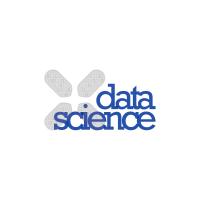Abstract
Query logs provide a valuable resource for preference information in search. A user clicking on a specific resource after
submitting a query indicates that the resource has some relevance with respect to the query. To leverage the information ofquery logs, one can relate submitted queries from specific users to their clicked resources and build a tripartite graph ofusers, resources and queries. This graph resembles the folksonomy structure of social bookmarking systems, where users addtags to resources. In this article, we summarize our work on building folksonomies from query log files. The focus is on threecomparative studies of the system’s content, structure and semantics. Our results show that query logs incorporate typicalfolksonomy properties and that approaches to leverage the inherent semantics of folksonomies can be applied to query logsas well.
Description
SpringerLink - Zeitschriftenbeitrag
Links and resources
Tags
community
@dmir's tags highlighted







